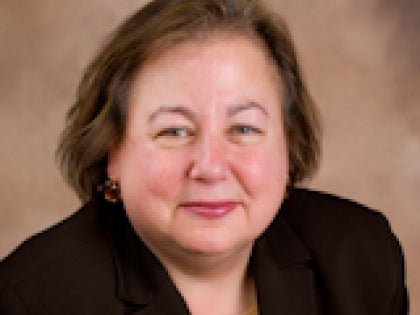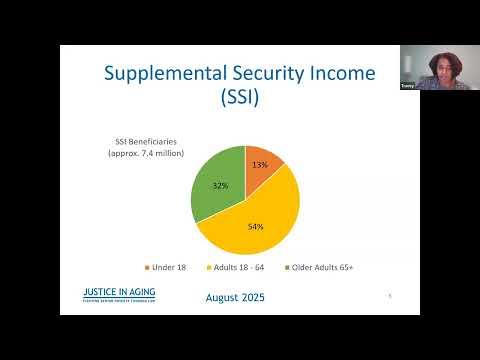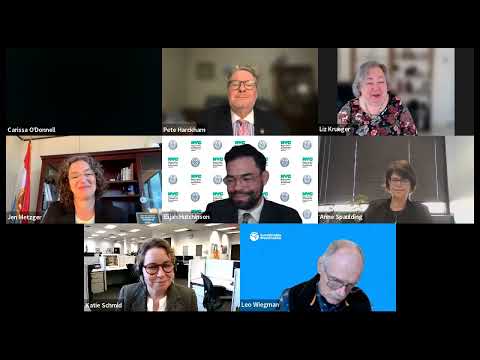
Senator Krueger: Use Elle’s Law To Make Streets Safer
Motorists, cyclists and pedestrians must come together to curb reckless behavior
Posted by Our Town on February 23, 2011
Op-ed By Liz Krueger
When you’re on a small island with millions of people living, literally, on top of one another, problems with sharing space are bound to occur. Add to that the fact that New Yorkers are often racing to get from one destination to another, and you are faced with the reality that the streets of New York can be dangerous for pedestrians and bicyclists.
Sadly, this reality has been displayed recently, as six people have been struck and killed by automobiles while walking or cycling on the Upper East Side: a fact both startling and heartbreaking.
Reckless driving, and the danger it poses to the public, are not new to New York City. Last year, to combat this problem, the Legislature enacted Elle’s Law, which increases penalties for reckless driving that injures or kills a pedestrian. The Law is named for Elle, a 3-year-old girl who was severely injured in 2009 when a motorist, illegally backing through a crosswalk, hit her.
While we all hope that Elle’s Law will help curtail reckless driving, the recent deaths on the Upper East Side have proven that we must do more to achieve the objective of this legislation.
First, since it’s up to the NYPD to enforce Elle’s Law and issue the proper summonses, we—and by “we” I mean Elected Officials, the District Attorney and the Police Chief—must ensure that police officers are properly educated on the provisions of the new law. A problem that has come to light with the recent tragedies is that because this law is so new, our law enforcement agents do not immediately think to issue the additional, and more punitive, summons.
Beyond ensuring the proper enforcement of Elle’s Law, we—and this time by “we” I mean New Yorkers—must help change the culture of our streets. While we’re all busy rushing from one location to another, we must be more aware of what’s going on around us.
As drivers, we cannot brush aside the “rules of the road” in the hopes of saving time or avoiding inconvenience. Yes, circling the block to get back to a parking space behind you might be annoying, and it might even cost you the parking spot. But is illegally backing up through traffic worth risking someone else’s life?
We’ve always been a city of millions of pedestrians, but we are increasingly becoming a city full of joggers and cyclists, and drivers must respect that they now share the roads with more people who are vulnerable in the event of a collision.
While our streets have become more bike friendly, it does not mean our motorists have. Although we have taken many steps forward in promoting bicycle use and protecting those who use this green alternative for transportation, not all drivers have acknowledged these changes. It is not uncommon for cabs to pull into, or cars to idle in, bike lanes, so cyclists must remain alert to both cars and even pedestrians who are still not accustomed to bicycles moving down the sides of the road.
Just as cyclists must be careful of drivers who are quick to break the law, they must in turn be just as careful to abide by these same laws. Yes, cars are incredibly dangerous to cyclists and pedestrians alike, but the reality is that fast-moving bikes can also be dangerous to pedestrians, especially to seniors and others with limited mobility. Therefore, as a cyclist, if you want more order on the streets, you need to be a part of that order. Don’t ride through red lights and don’t ride on sidewalks. Pedestrians have also been injured or killed on the Upper East Side by bicyclists who were not obeying the “rules of the road.”
As pedestrians we have to be more alert. We cannot assume that a walk signal will protect us as we cross the street. I’m sure that someone told you as a child to look both ways before crossing, so why not apply that lesson every time you step into the street? Whether it is legally or illegally, cars in New York City often pass through crosswalks while pedestrians are in them, and it only takes a split second for a near miss to become a tragedy.
In the end, while we must take more responsibility for protecting ourselves, we must also be more aware of how our actions affect others. If we want our streets to be safer, we must take a proactive role in this change. We also need to explore whether additional legislation is needed to make this happen.
Elle was only 3 when a car struck her. She was a defenseless victim. But many of us aren’t defenseless. We can do something to make our streets safer.



